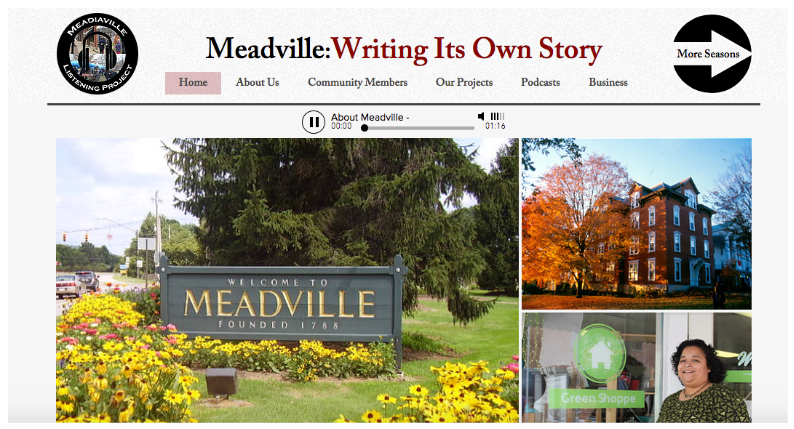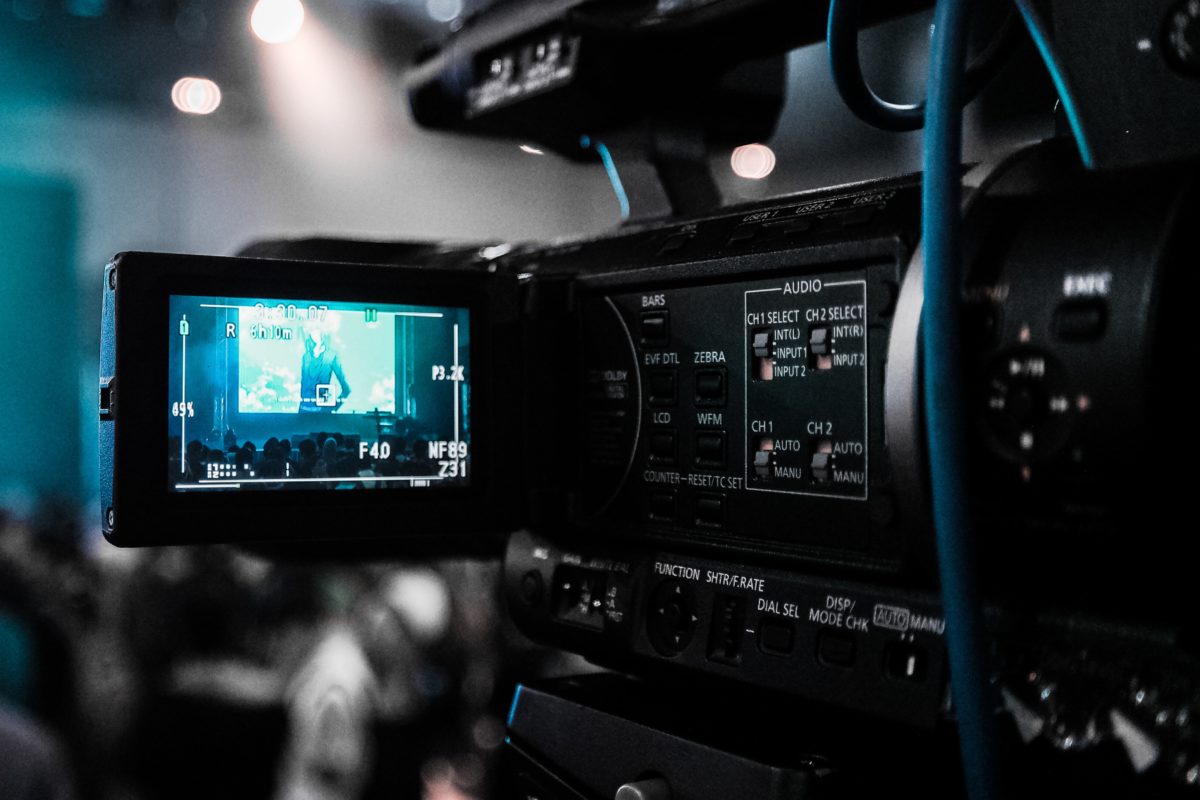One of the issues that I wish I would have put more thought into at the beginning of my project is that of format and editing – Are the interviews audio or video? Are the interviews in person or over distance through audio or video call? What hardware do I need? What software do I need? What do I want the interviews to look like in the end? What do I need to pay attention to in order to achieve that final goal? While I did think about these questions a little bit and had some answers to most, I did not know enough or was not able to inform myself enough, to really think through all the options and what potential issues come with certain decisions about software/hardware usage. This is why I will use this blog post to share some basic insights into these issues and some potential questions to think about. I will try to highlight the things I learned that seem to me to be very important to consider and some things I wish I would have known and planned out more at the beginning of the project.
- Format decisions
Two of the beginning questions you should think about are 1) if the interviews are all in person or if some are over distance via call or video call and 2) if you want just audio interviews or video as well. In order to achieve some formatting consistency in your project it is good to think about and have answers to these questions before doing any of the interviews.
For example, whether you are doing some interviews long distance might influence your decision on whether you want to do video interviews or just audio. For the project I have been working on, we had a mix of in-person and long-distance interviews and we decided that we did want the interviews to be in video. Video interviews over long distances are definitely possible and it is good to think about the process in advance a little more if you decide to do so – I will go over that more below.
- Audio
No matter what, you will need audio for your interviews. Therefore, it is good to think about the quality you want to provide and how to provide it.
How will you record the interviews?
If you conduct the interviews in person it is fairly easy to provide good quality audio as you can just buy one good mic (or two maximum – one for you and one for the interviewee) and use a phone, laptop, or camera to attach the mic and record the audio with.
If you do interviews over distance on a (video) call, it might not be as easy. You could still get two mics and send one of them from interviewee to interviewee but that requires, at least some, time and the co-operation of your interviewees. We actually decided to buy a couple of small mics that were fairly easy to send, but unfortunately they did not actually work very well for our purpose. I often had better luck with just the in-built mic on my iPhone or MacBook. However, I am sure there are a number of quality mics that are easy to send around.
For the long distance audio recording, it is easy to use the OHLA suggested software Zoom – a conference call software that lets you record the calls. So whether you use in-built mics on your devices or external mics, you can record the audio through Zoom.
- Video
If you decide that you do want to have your interviews on video as well, you should think about additional hardware and software you may need to record and edit.
For recording the video, there might again be a difference for in-person vs. long-distance interviews, although I decided to use Zoom for both kinds. You can use Zoom to record video even if you are technically the only one on the call (for in-person interviews). Essentially you use the webcam on your computer as the camera – this has the downside of the interviewee constantly having themselves in front of them as the screen will also be facing them if the webcam is facing them. It is also not the greatest quality and for our purposes it was adequate.
If you use Zoom for long-distance video calls, something we unfortunately discovered too late is that Zoom tries to record the video of whoever is speaking – so if I am asking the interviewee a question it will record me and when the interviewee answers it will record them. This is however not a perfect science, therefore sometimes it will still record me if there is some sound on my side even though the interviewee is speaking. This is, of course, very unfortunate and we also really would have preferred the video to show just the interviewee even when we are speaking as they are the focus and not us. Therefore, I would suggest turning your own camera off or trying to find out if there is a way to only record one side of the video call.
If your interviews are in person, you can of course also use a camera for the video recording which would be better quality and not have the issue of the screen facing the interviewees as described above. It would, however, cut into your expenses and could take a little more time and expertise.
Coming to the video editing: Most likely there really is not much you need to edit, leaving the interview itself mostly untouched – I decided to do some minor editing, mostly to cut out beginnings and ends that were not part of the interview and I also added in starting and ending screens with titles, names, and thank you. For the video editing I decided to use iMovie on my mac, which is fairly simple to use and adequate for minor editing jobs like this.
These are all things I thought about both at the beginning and during the project and learnt a lot about while doing. While everything turned out fine for me (except the Zoom video issue as described above), for the sake of interview consistency I wish I would have known more and planned more in the beginning. This blog post is not meant to serve you as an expert guide on the different options you have in terms of interview format and editing, but to give you a basic overview of the kinds of things I believe are helpful to think about and from there you can do more research and planning of whatever options you decide on.








